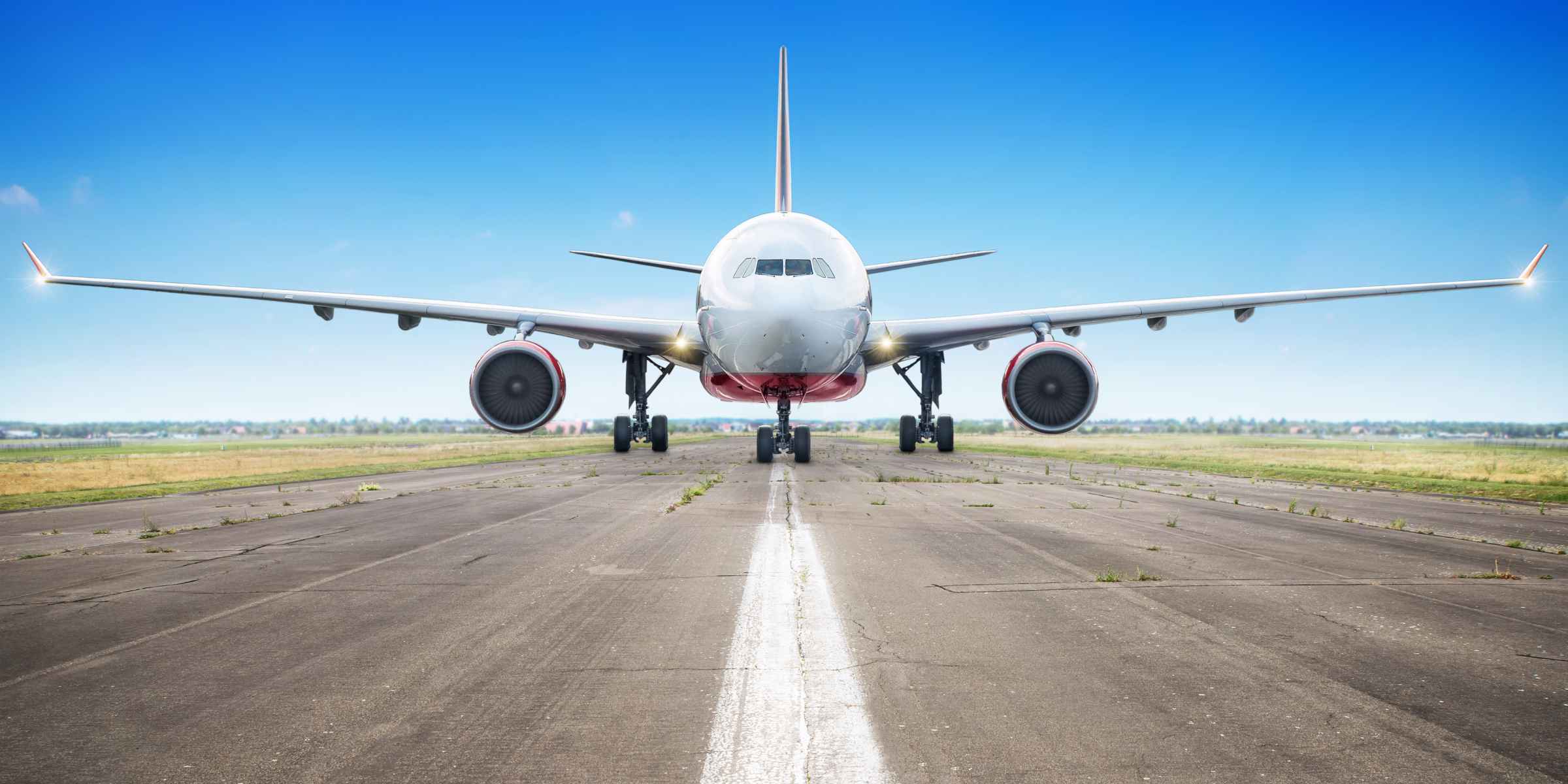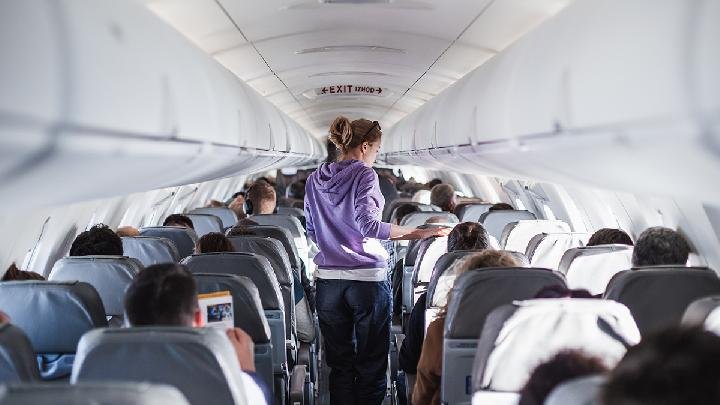Flightticketbooking.co.in: Your Guide to Mastering the Art of Airfare Comparison
Navigating the world of airline tickets can feel like deciphering a secret code. Prices fluctuate, deals appear and disappear in the blink of an eye, and it’s easy to wonder if you’re truly getting the best possible value. But fear not, savvy traveler! With the right strategies and tools, you can become a master of airfare comparison and consistently secure the most affordable flights for your adventures. This comprehensive guide will walk you through the essential steps, resources, and insider tips to transform you from a confused flyer into a confident deal-seeker.
Why Compare Airfares? The Undeniable Benefits
At its core, comparing airfares is about maximizing your travel budget. Here’s why it’s an absolute must:
- Significant Savings: This is the most obvious benefit. Comparing prices across airlines and booking platforms can uncover substantial differences, sometimes saving you hundreds of dollars on a single flight.
- Discover Hidden Deals: Airlines and online travel agencies (OTAs) often run promotions and discounts that are not widely advertised. Comparison tools can surface these hidden gems.
- Flexibility Awareness: Comparing options allows you to see how prices change based on travel dates, times, and even nearby airports. This knowledge empowers you to adjust your itinerary for maximum savings.
- Airline Options: You might be loyal to a specific airline, but comparison helps you explore other carriers you might not have considered, potentially offering a better price or more convenient route.
- Understanding Included Amenities: Not all airfares are created equal. Comparison helps you understand what’s included in the base fare (e.g., baggage allowance, seat selection) so you can make an informed decision based on your needs.
The Essential Tools for Airfare Comparison
The internet is brimming with resources to help you compare airfares. Here are some of the most effective:
- Online Travel Agencies (OTAs):
- Examples: Expedia, Kayak, Priceline, Google Flights, Skyscanner, Momondo
- Pros: Aggregate prices from multiple airlines, often offer package deals (flights + hotels), user-friendly interfaces.
- Cons: Can sometimes have hidden fees, may not always show all available airlines, customer service can vary.
- Airline Websites:
- Examples: Directly visit the websites of airlines you are considering (e.g., United, Delta, American, British Airways, Lufthansa).
- Pros: Can sometimes find exclusive deals, allows you to book directly with the airline, often easier to manage changes or cancellations.
- Cons: Requires more manual searching, can be time-consuming to check multiple airlines.
- Metasearch Engines:
- Examples: Google Flights, Skyscanner, Momondo
- Pros: Search across multiple OTAs and airline websites, provide price tracking and alerts, offer flexible date search options.
- Cons: Don’t always display all airlines, may redirect you to another website for booking.
- Specialized Flight Deal Websites:
- Examples: Scott’s Cheap Flights, Secret Flying, The Flight Deal
- Pros: Curated lists of exceptionally low fares, often for specific destinations or regions.
- Cons: Requires flexibility in travel dates and destinations, deals can disappear quickly.
Step-by-Step Guide to Effective Airfare Comparison
Follow these steps to maximize your chances of finding the best deals:
- Start Early (But Not Too Early): The "sweet spot" for booking domestic flights is typically 2-3 months in advance. For international flights, aim for 3-6 months. Booking too early (more than 6 months out) might not give you the best prices, as airlines haven’t fully adjusted their fares.
- Be Flexible with Dates: If your travel dates are flexible, use the "flexible dates" or "calendar view" feature on OTAs and metasearch engines. This allows you to see how prices change on different days of the week. Weekday flights (Tuesday, Wednesday, Thursday) are often cheaper than weekend flights.
- Consider Alternate Airports: If you live near multiple airports, compare prices from each one. Smaller, regional airports can sometimes offer lower fares than major hubs. Just be sure to factor in the cost and convenience of getting to the alternate airport.
- Set Price Alerts: Most metasearch engines allow you to set price alerts for specific routes. You’ll receive email notifications when the price drops, helping you snag a deal when it appears.
- Clear Your Browser Cookies: Some travel websites use cookies to track your searches and potentially inflate prices. Clear your browser cookies or use a private browsing mode to avoid this.
- Look for Package Deals: If you need to book a hotel or rental car, consider booking a package deal through an OTA. These packages can often offer significant savings compared to booking each item separately.
- Check Budget Airlines: Don’t overlook budget airlines like Southwest, Ryanair, or Spirit. While they may charge extra for amenities like baggage and seat selection, their base fares can be incredibly low. Just be sure to factor in the additional costs when comparing prices.
- Consider Connecting Flights: Non-stop flights are convenient, but connecting flights are often cheaper. If you’re willing to endure a layover, you can save a significant amount of money.
- Read the Fine Print: Before booking, carefully review the terms and conditions of the fare. Pay attention to baggage allowance, change fees, cancellation policies, and any other restrictions.
- Book Directly (Sometimes): While OTAs can be convenient, it’s often a good idea to check the airline’s website directly before booking. Sometimes, airlines offer exclusive deals or lower prices on their own websites.
Decoding Airfare Jargon
Understanding common airfare terms can help you make more informed decisions:
- Base Fare: The cost of the flight before taxes and fees.
- Taxes and Fees: Government taxes, airport fees, and airline surcharges.
- Fuel Surcharge: A fee charged by airlines to cover the cost of fuel.
- Baggage Allowance: The amount of checked baggage you can bring for free.
- Change Fee: A fee charged by airlines to change your flight dates or times.
- Cancellation Fee: A fee charged by airlines to cancel your flight.
- Non-Refundable: A ticket that cannot be refunded if you cancel.
- Open Jaw: A flight itinerary where you fly into one city and out of another (e.g., fly into Paris and fly out of Rome).
- Hidden City Ticketing: Booking a flight with a layover in your desired destination and then disembarking there, skipping the final leg. This is generally discouraged and can violate airline terms.
Advanced Tips and Tricks
- Utilize Credit Card Rewards: Use a travel credit card to earn points or miles on your flight purchases.
- Take Advantage of Airline Sales: Sign up for airline email newsletters to receive notifications about sales and promotions.
- Consider Booking Two One-Way Tickets: Sometimes, booking two separate one-way tickets (one for the outbound flight and one for the return flight) can be cheaper than booking a round-trip ticket.
- Be Patient and Persistent: Airfare prices can change frequently. Keep checking prices and be ready to pounce when you find a good deal.
Conclusion
Comparing airfares is an essential skill for any traveler looking to save money and maximize their travel budget. By using the right tools, following these steps, and staying informed about airfare trends, you can confidently navigate the world of airline tickets and consistently secure the best possible deals for your next adventure. Happy travels!










